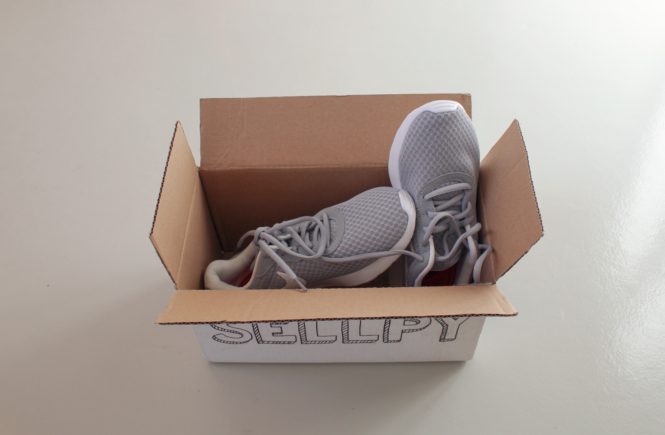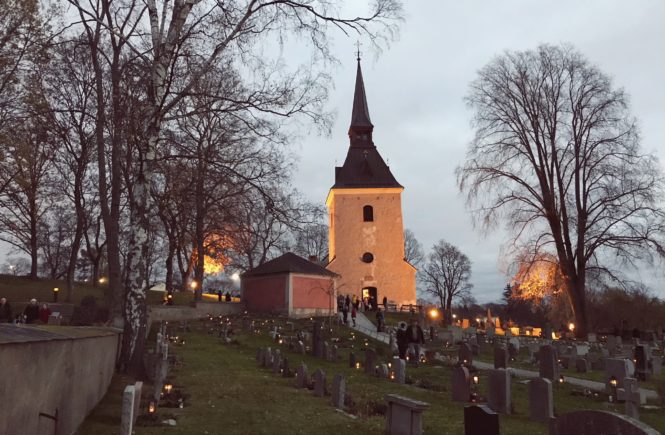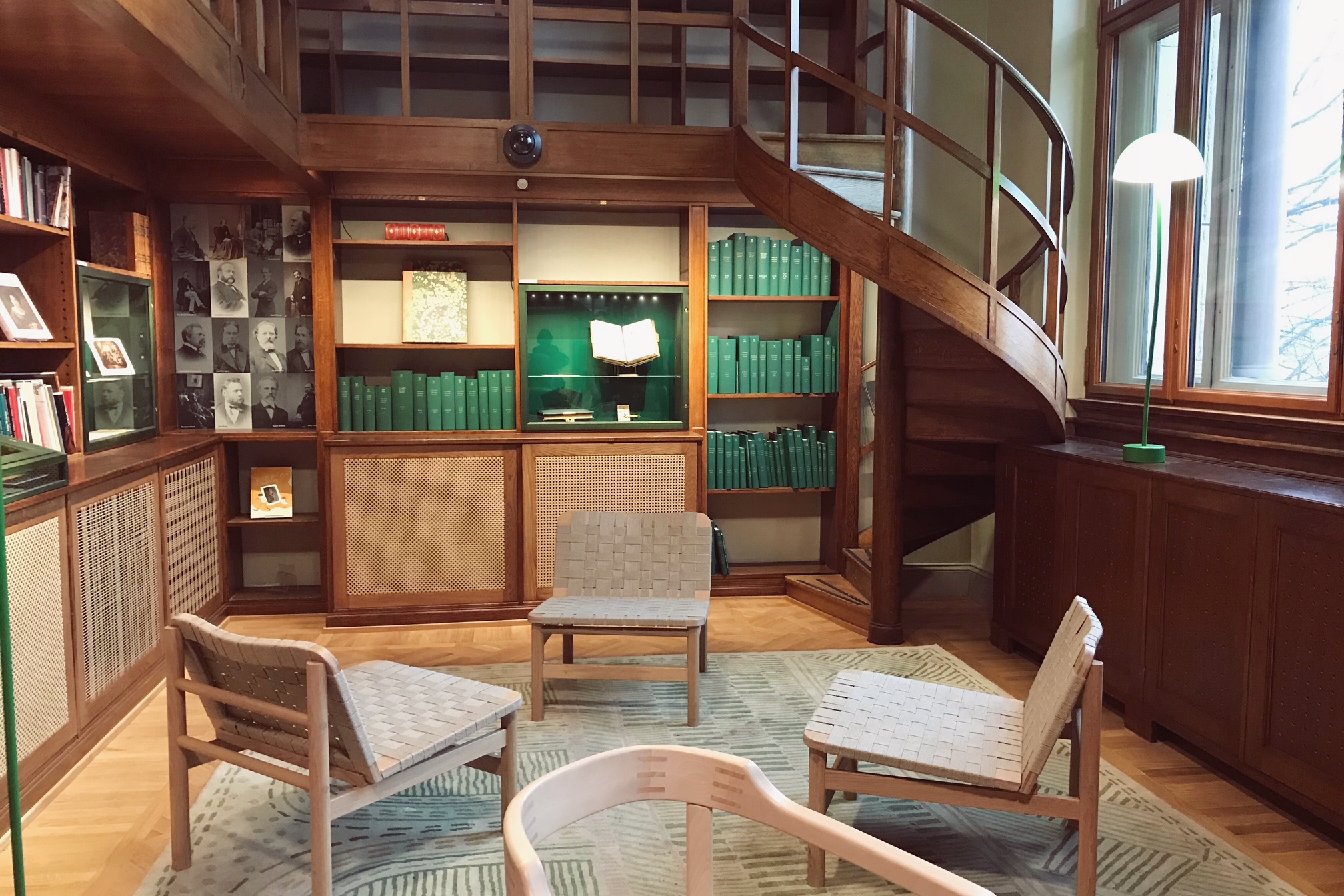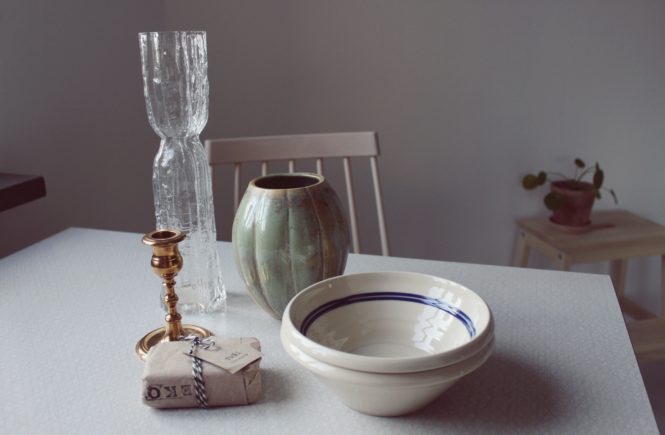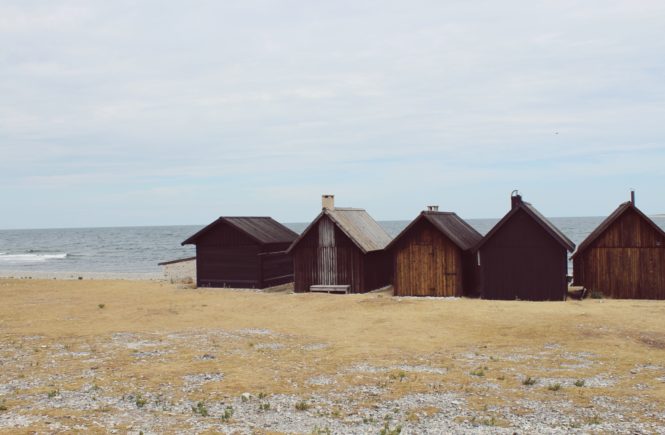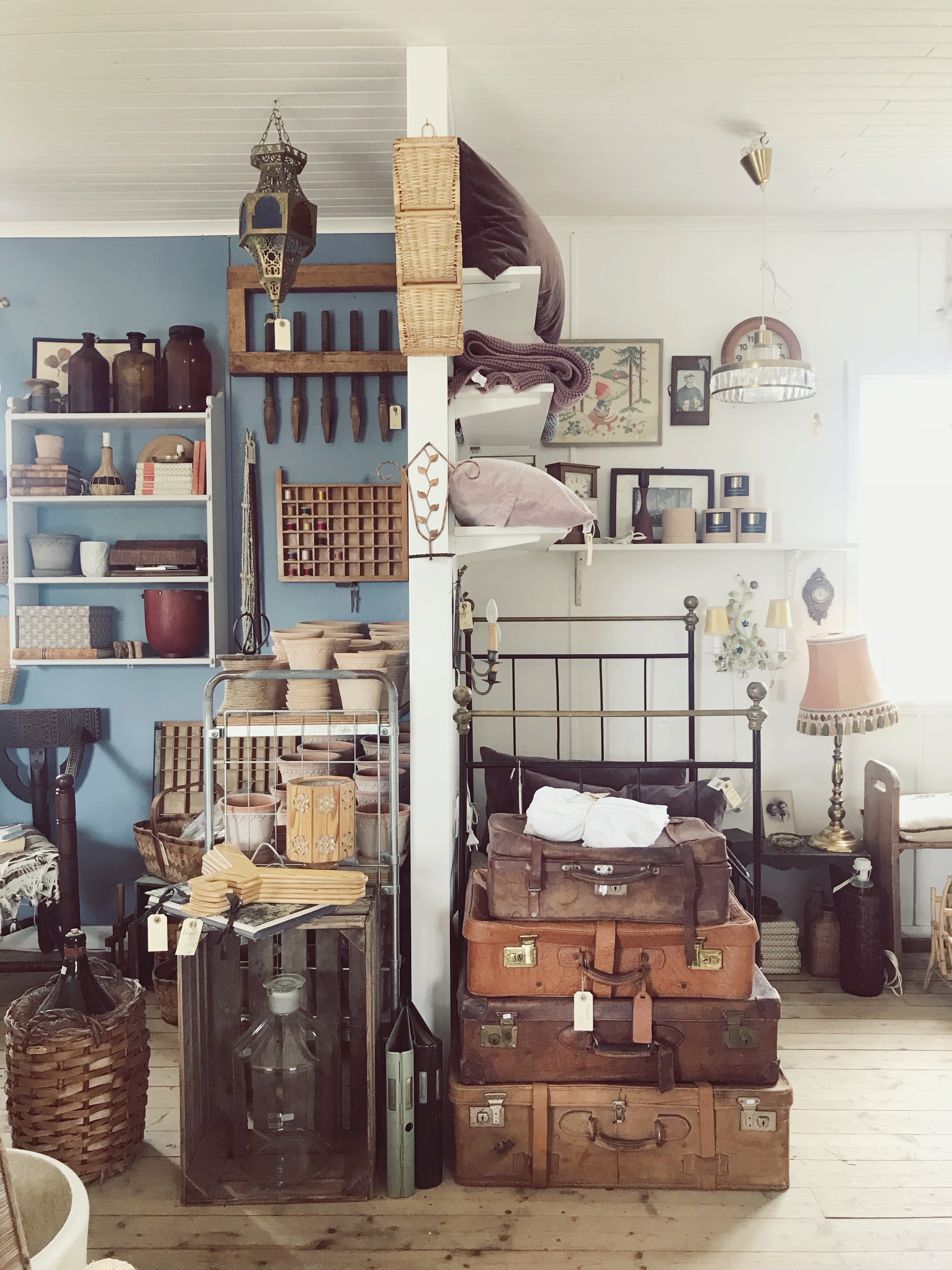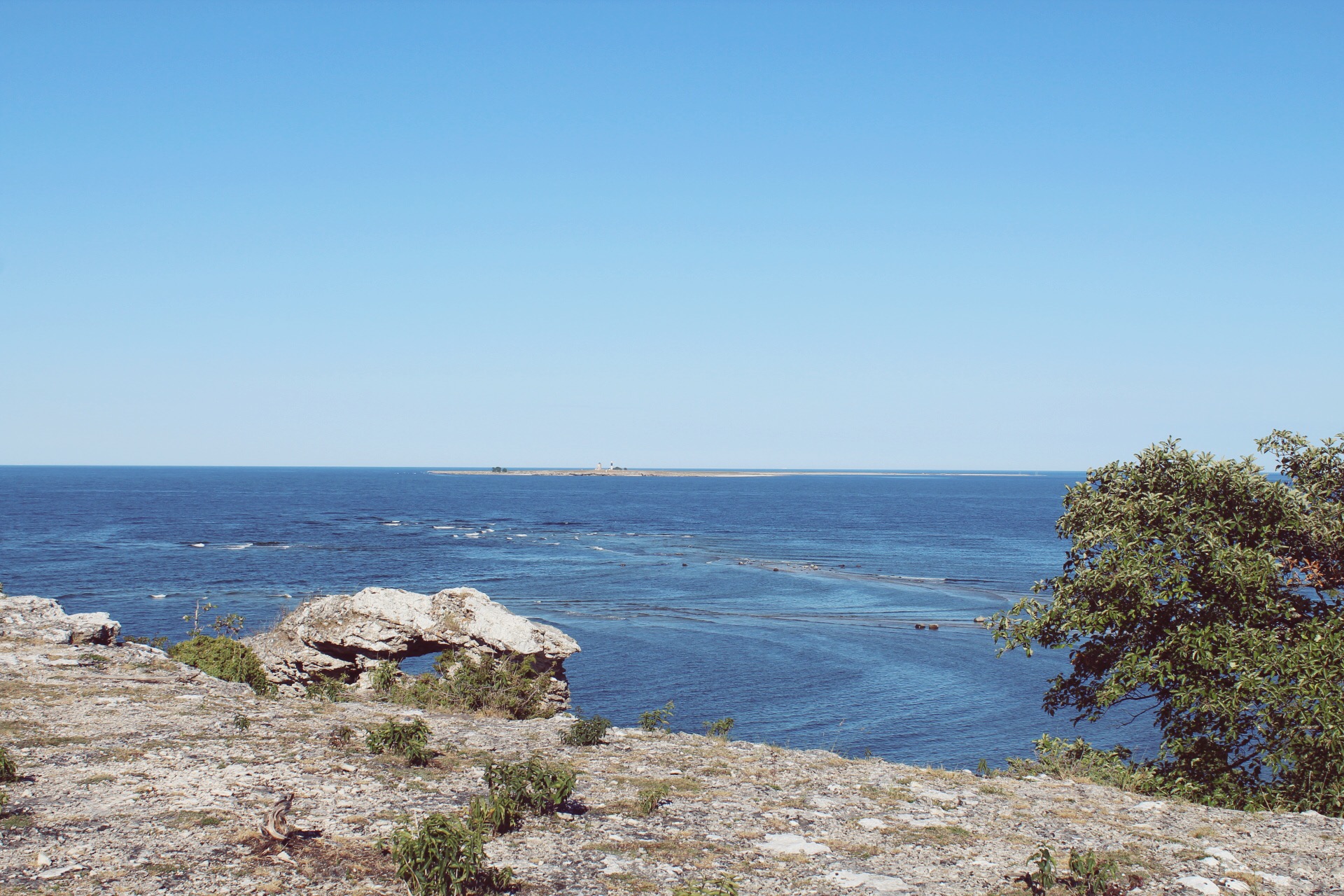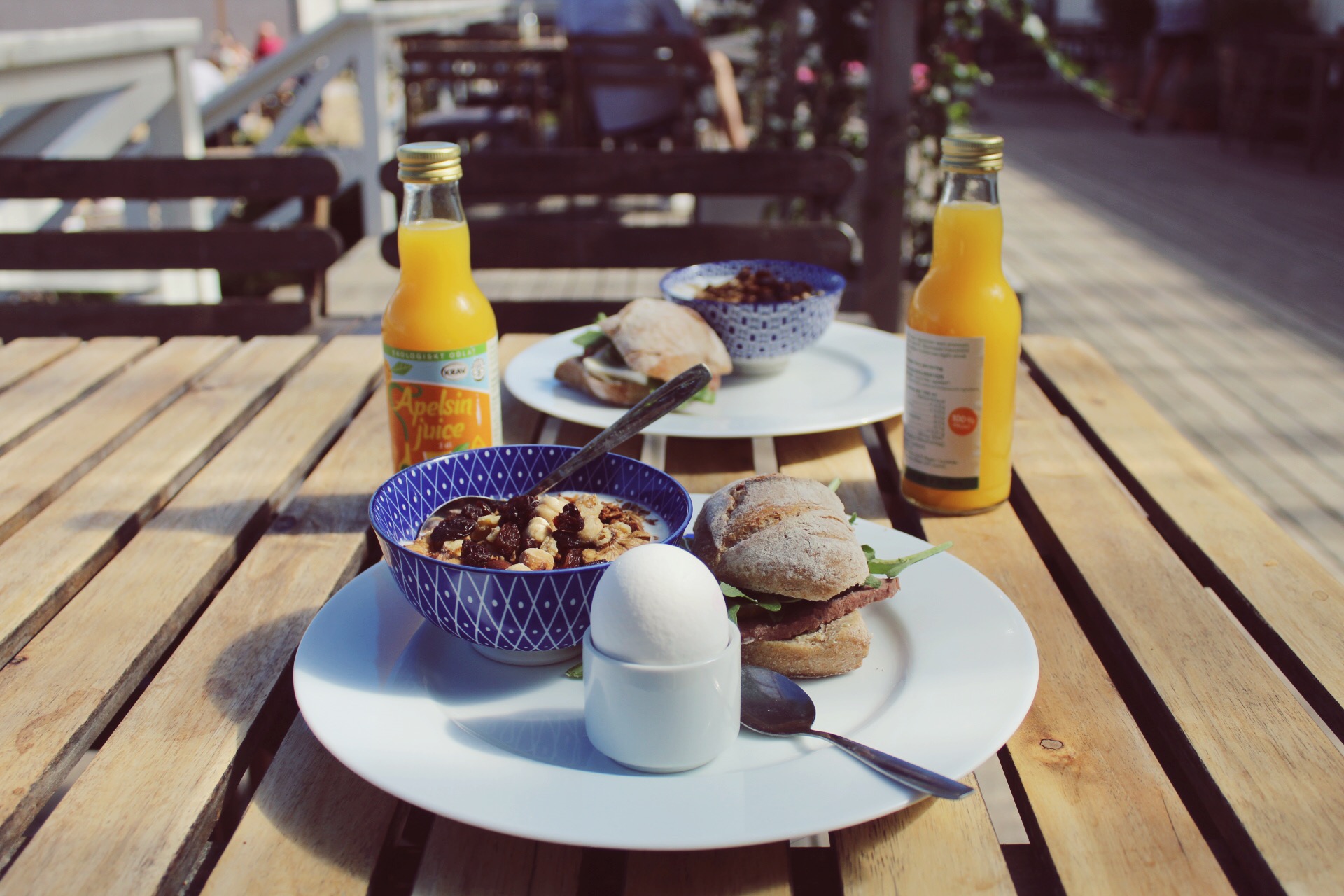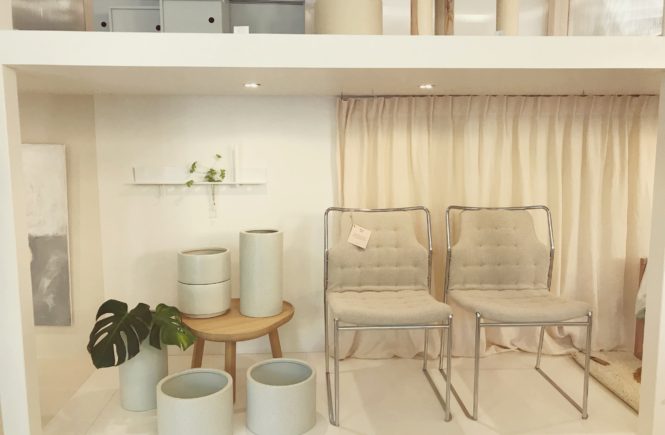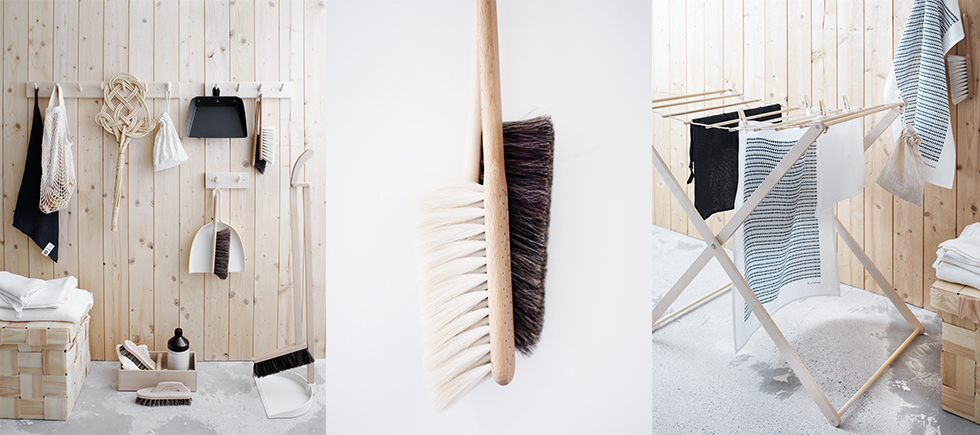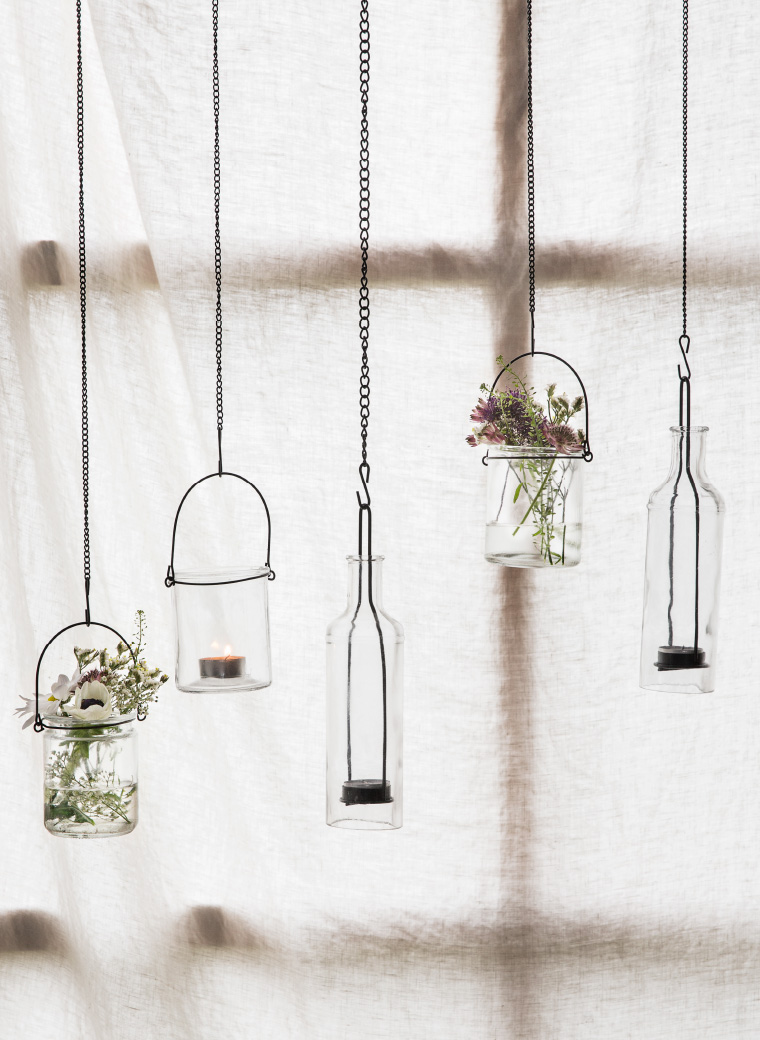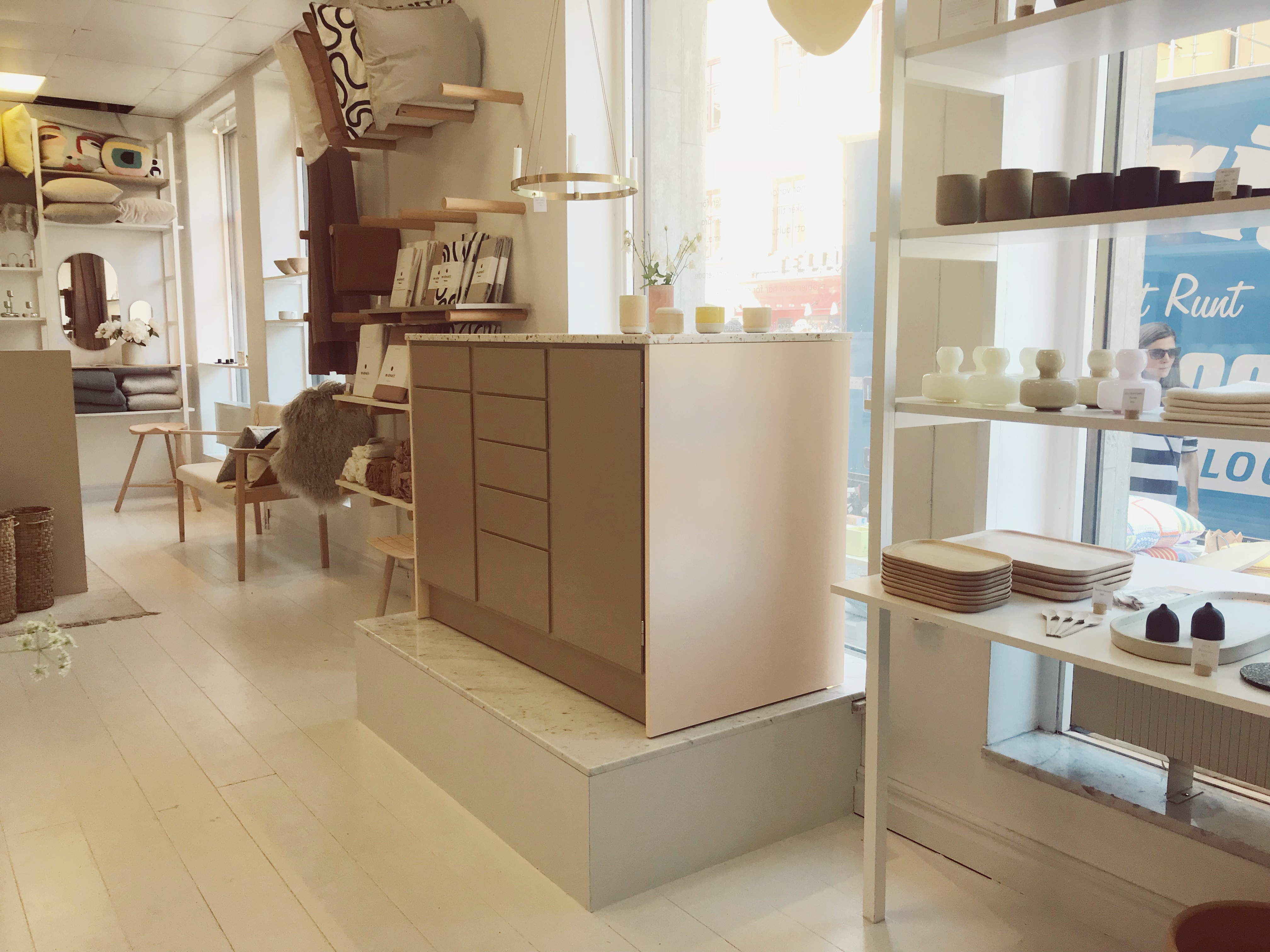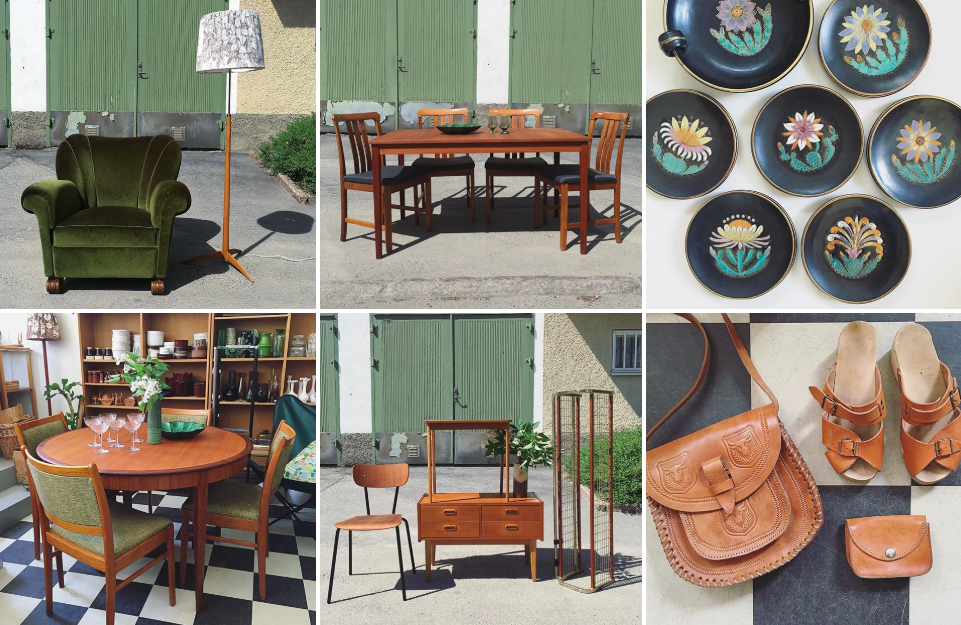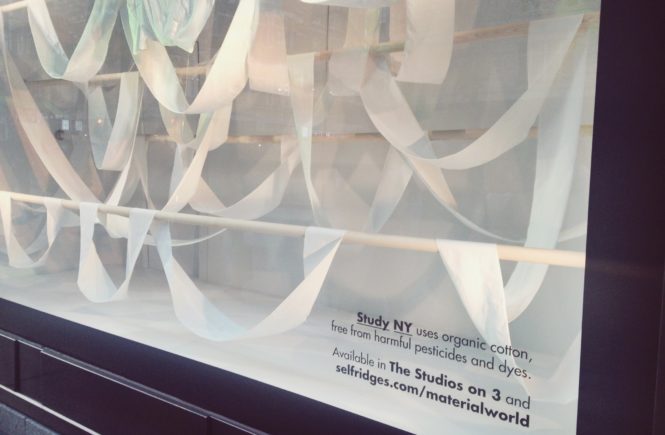Fast fashion and mass consumption exists because big companies are able to push prices to extremely low levels for consumers. Whilst, of course, workers and the planet are paying the actual price. It means we can afford buying way more than we need and we often end up with stuff we don’t necessarily use that much or that we realise we didn’t even want.
We can see proof of this on the second hand market where a lot of unused items end up. Like the pair of trainers (above) I recently bought second hand that I assume have never been used. Which is of course great because it means I can get hold of a clean, fresh pair of trainers for way less money than if buying them new. And I save on water, carbon etc for the planet.
But I also wonder about these unused things on the second hand market. Because why do we buy things in the first place that we never end up using? Are too many purchases impulse purchases? Is shopping too easy and guilt-free?
Purchases out of boredom
We’ve gone from buying clothes to keep us warm to buying things that would position ourselves within our society. To, today, where we’re just buying things that give us an endorphin kick in the moment of purchase.
The shift towards an on online shopping culture has of course had an enormous effect on the rate at which we’re consuming when items are just a click away. It saves time and effort and gives us all of the things right there in front of us. I personally don’t do a lot of online shopping, especially not for fashion as I always want to try things on before buying. But I’ve gathered that some will solve this by buying several items in different sizes and then just send the ones back that don’t fit. (Which of course adds to the carbon footprint but that’s a different story.)
A report by University of Borås called ‘Clicking the boredom away’ shows that many consumers will just buy things online out of boredom, to escape reality and seek satisfaction in material things. Often on impulse. It may be done on the laptop, whilst watching TV and texting with a friend, so takes place when one isn’t even properly engaged with the actual shopping experience, but rather, influenced / challenged / triggered by other media.
Taking time finding what’s right
One can’t help but wonder what happened to taking the time to find something that feels just right, that ticks all the boxes? Trying something on several times, coming back to the store. Looking through the shop window. Saving up money or putting it on a wish list for Christmas.
Those days definitely seem to be over, although I’m hoping they’re coming back. For the sake of our mental health, our wallets, craftsmanship, and our planet.
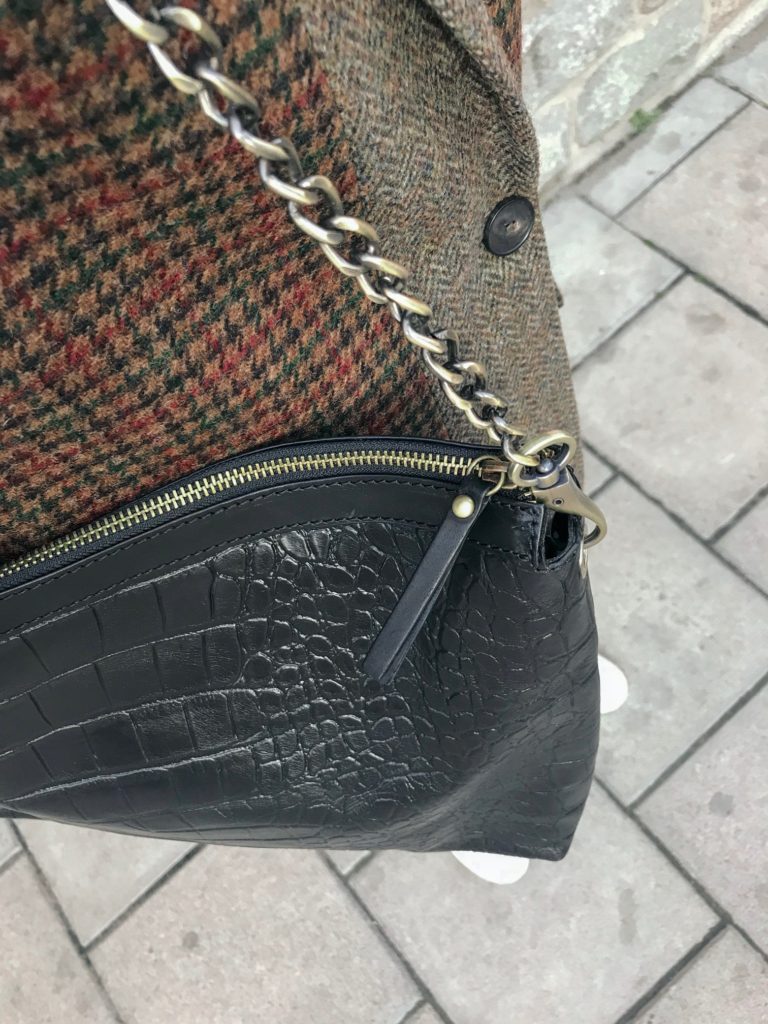
I’ve been meaning to buy a bag for work that’s smart and fits my 13″ laptop for ages. My backpack has been used for this purpose for as long as I can remember as I just haven’t found one that’s felt right. So I haven’t bothered because I didn’t want to just get one for the sake of it. It’s been a long time coming but I’ve now found one by O My Bag that ethically produces eco-friendly bags in India and I’m super thrilled.
Taking the time will always be worth it. A bit more time finding the right garment / item, in the right size and style, that we really like and think we will like for a long time. We’ll end up with items that’ll give us pleasure, not just for the moment, but for ages.

